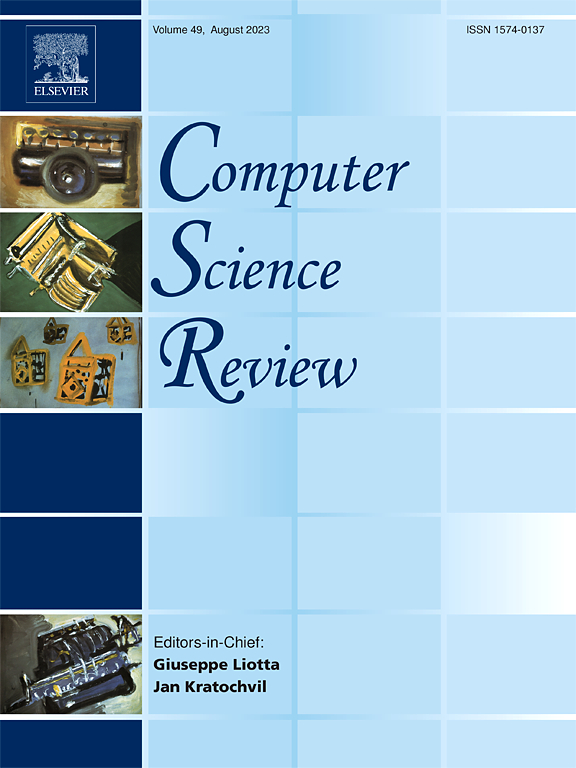Image processing and artificial intelligence for apple detection and localization: A comprehensive review
IF 13.3
1区 计算机科学
Q1 COMPUTER SCIENCE, INFORMATION SYSTEMS
引用次数: 0
Abstract
This review provides an overview of apple detection and localization using image analysis and artificial intelligence techniques for enabling robotic fruit harvesting in orchard environments. Classic methods for detecting and localizing infield apples are discussed along with more advanced approaches using deep learning algorithms that have emerged in the past few years. Challenges faced in apple detection and localization such as occlusions, varying illumination conditions, and clustered apples are highlighted, as well as the impact of environmental factors such as light changes on the performance of these algorithms. Potential future research perspectives are identified through a comprehensive literature analysis. These include combining cutting-edge deep learning and multi-vision and multi-modal sensors to potentially apply them in real-time for apple harvesting robots. Additionally, utilizing 3D vision for a thorough analysis of complex and dynamic orchard environments, and precise determination of fruit locations using point cloud data and depth information are presented. The outcome of this review paper will assist researchers and engineers in the development of advanced detection and localization mechanisms for infield apples. The anticipated result is the facilitation of progress toward commercial apple harvest robots.
用于苹果检测和定位的图像处理和人工智能:全面回顾
本综述概述了如何利用图像分析和人工智能技术进行苹果检测和定位,从而实现果园环境中的机器人水果采摘。文章讨论了检测和定位田间苹果的经典方法,以及过去几年中出现的使用深度学习算法的更先进方法。重点介绍了苹果检测和定位所面临的挑战,如遮挡、不同光照条件和苹果集群,以及光照变化等环境因素对这些算法性能的影响。通过全面的文献分析,确定了未来潜在的研究视角。其中包括将前沿的深度学习与多视觉和多模态传感器相结合,将其实时应用于苹果收获机器人。此外,论文还介绍了如何利用三维视觉对复杂多变的果园环境进行全面分析,以及如何利用点云数据和深度信息精确确定果实位置。本综述论文的成果将有助于研究人员和工程师开发先进的田间苹果检测和定位机制。预期成果将促进商业苹果收获机器人的发展。
本文章由计算机程序翻译,如有差异,请以英文原文为准。
求助全文
约1分钟内获得全文
求助全文
来源期刊

Computer Science Review
Computer Science-General Computer Science
CiteScore
32.70
自引率
0.00%
发文量
26
审稿时长
51 days
期刊介绍:
Computer Science Review, a publication dedicated to research surveys and expository overviews of open problems in computer science, targets a broad audience within the field seeking comprehensive insights into the latest developments. The journal welcomes articles from various fields as long as their content impacts the advancement of computer science. In particular, articles that review the application of well-known Computer Science methods to other areas are in scope only if these articles advance the fundamental understanding of those methods.
 求助内容:
求助内容: 应助结果提醒方式:
应助结果提醒方式:


